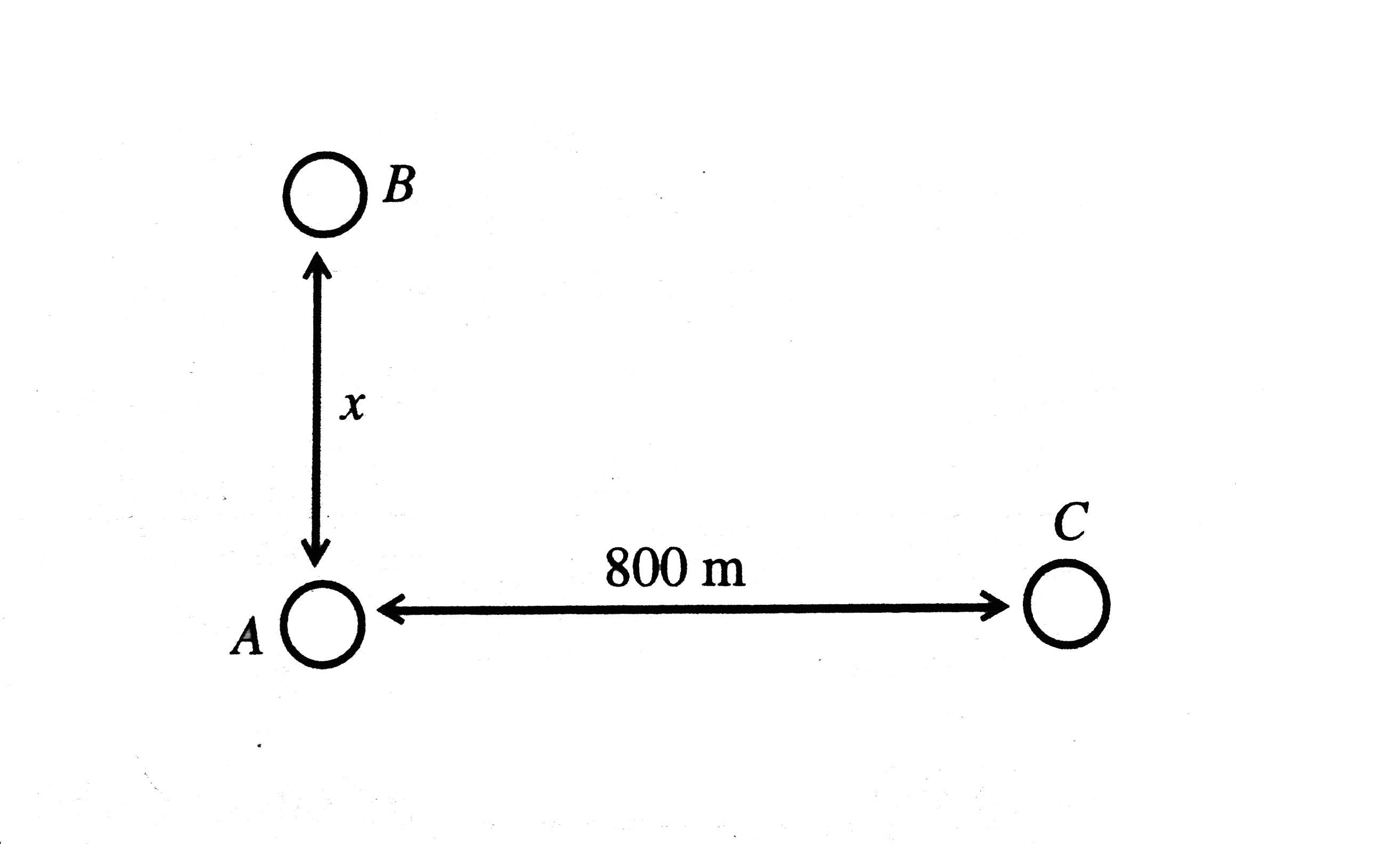An airplane flying at a distance of 10 km from a radio transmitter receives a signal of intensity 28 μW/m2 . What is the amplitude of the (a) electric and (b) magnetic component of the signal at the airplane ? ( c) If the transmitter radiates uniformly over a hemisphere what is the transmission power ?
(a) 0.15V/m,(b)0.48 nT , ( c) 18 kW
Topper's Solved these Questions
- ELECTROMAGNETIC WAVES BOOK - RESNICK AND HALLIDAYCHAPTER - ELECTROMAGNETIC WAVES EXERCISE - PRACTICE QUESTIONS (Single Correct Choice Type )
62 Videos
- ELECTROMAGNETIC WAVES BOOK - RESNICK AND HALLIDAYCHAPTER - ELECTROMAGNETIC WAVES EXERCISE - PRACTICE QUESTIONS (More than One Correct Choice Type )
4 Videos
- ELECTROMAGNETIC WAVES BOOK - RESNICK AND HALLIDAYCHAPTER - ELECTROMAGNETIC WAVES EXERCISE - CHECKPOINT
3 Videos
- ELECTROMAGNETIC OSCILLATIONS AND ALTERNATING CURRENT BOOK - RESNICK AND HALLIDAYCHAPTER - ELECTROMAGNETIC OSCILLATIONS AND ALTERNATING CURRENT EXERCISE - Practice Questions (Integer)
7 Videos
- FLUIDSBOOK - RESNICK AND HALLIDAYCHAPTER - FLUIDSEXERCISE - PRACTICE QUESTIONS (Integer Type )
5 Videos
Similar Questions
A radar sends a signal to an aircraft at a distance of 30 km away and receives it back after 2×10−4 second. What is the speed of the signal ?
View SolutionThe maximum electric field 27 m from an isotropic point source of light is 17 V/m. What are (a) the maximum value of the magnetic field and ( b) the average intensity of the light there ? ( c) What is the power of the source ?
View Solution
Knowledge Check
I=P4πr2
At a large distance r from a radio antenna, the intensity of the radio signal I is related to the power of the signal P by the formula above.
For the same signal emitted by a radio antenna, Observer A measures its intensity to be 16 times the intensity measured by Observer B. The distance of Observer A from the radio antenna is what fraction of the distance of Observer B from the radio antenna?A14B116C164D1256A radio transmitter at position A operates at a wavelength of 20m. A second , identical transmitter is located at a distance x from the first transmitter , at position B. The transmitters are phase locked together such that the second transmitter is lagging π/2 out of phase with the first . For which of the following values of BC−CA will the intensity at C be maximum .
 ABC−CA=60mBBC−CA=65mCBC−CA=55mDBC−CA=75m
ABC−CA=60mBBC−CA=65mCBC−CA=55mDBC−CA=75m
Unpolarized light of intensity 6.5 mW/m2 is sent into a polarizing sheet as in Fig 32-11 . What are (a) the amplitude of the electric field component of the transmitted light and (b) the radiation pressure on the sheet due to its absorbing some of the light ?
View SolutionTwo radio stations broadcast their programmes at the same amplitude A and at slightly different frequencies ω1 and ω2 respectively, where ω1−ω2=103HzA detector receives the signals from the two stations simultaneously. it can only detect signals of intensity ≥2A2.
(i) Find the time interval between successive maxima of the intensity of the signal received by the detector.
(ii) Find the time for which the detector remains idle in each cycle of the intensity of the signal.
View SolutionTwo radio stations broadcast their programmes at the same amplitude A, and at slightly different frequencies ω1andω2 respectively , where ω2−ω1=103Hz. A detector receives the signals from the two stations simultaneously . It can emit signals only of intensity ≥2A2.
(i). Find the time intervals between successive maxima of the intensity of the signal received by the detector .
ii. Find the time for which the detector remains idle in each cycle of the intensity of the signal .
View SolutionTwo radio stations broadcast their programmes at the same amplitude A, and at slightly different frequencies ω1andω2 respectively , where ω2−ω1=103Hz. A detector receives the signals from the two stations simultaneously . It can emit signals only of intensity ≥2A2.
(i). Find the time intervals between successive maxima of the intensity of the signal received by the detector .
ii. Find the time for which the detector remains idle in each cycle of the intensity of the signal .
View SolutionTwo radio stations broadcast their programmes at the same amplitude A and at slightly different frequencies ω1 and ω2 respectively, where ω1−ω2=103Hz. A detector receives the signals from the two stations simultaneously, it can only detect signals of intensity ≥2A2.
(i) Find the time interval between successive maxima of the intensity of the signal received by the detector.
(ii) Find the time for which the detector remains idle in each cycle of the intensity of the signal.
View SolutionA radio transmitter at position A operates at a wavelength of 20m. A second , identical transmitter is located at a distance x from the first transmitter , at position B. The transmitters are phase locked together such that the second transmitter is lagging π/2 out of phase with the first . For which of the following values of BC−CA will the intensity at C be maximum .

View Solution
